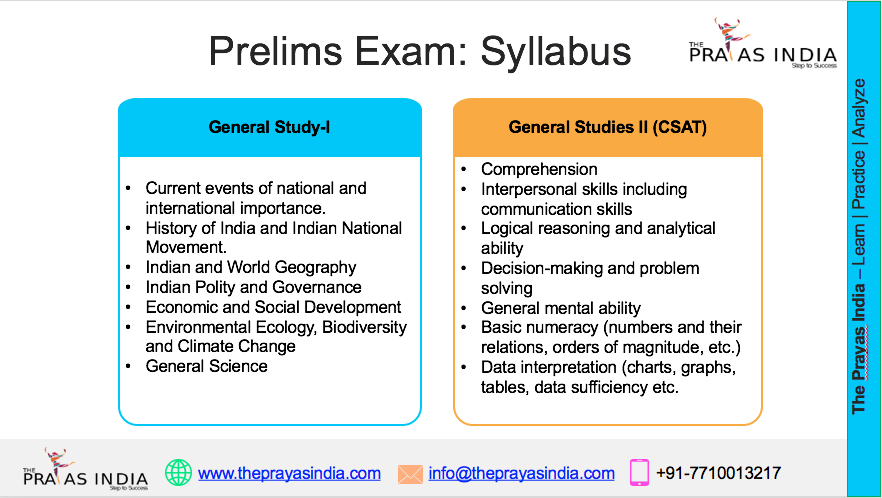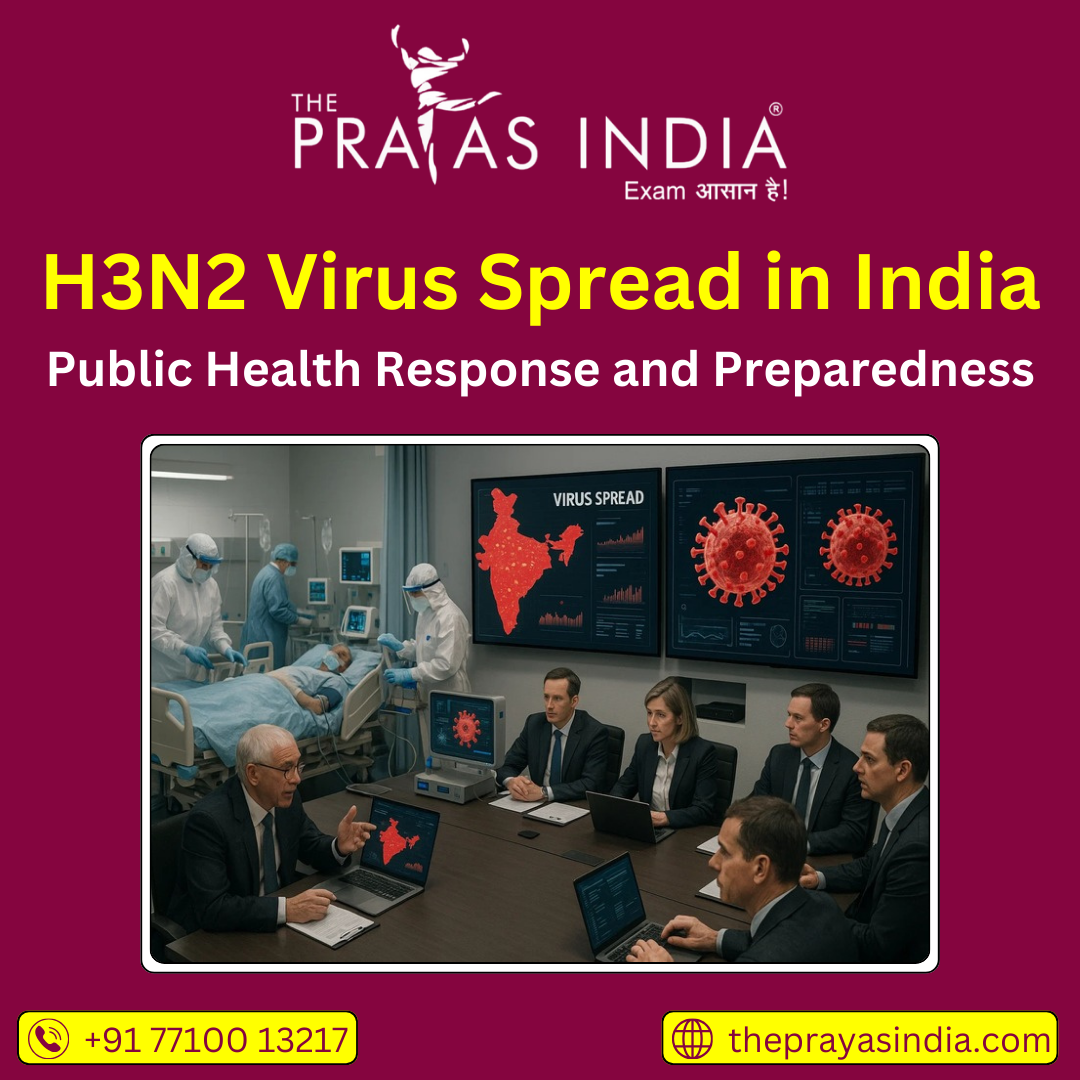World Ozone Day 2025: Safeguarding Earth’s Ozone Layer
What is the Montreal Protocol?
The Montreal Protocol is a landmark international agreement adopted in 1987 to stop the production and use of ozone-depleting substances (ODS) and reduce their atmospheric concentration to protect Earth’s ozone layer. Sitting under the Vienna Convention for the Protection of the Ozone Layer, the Protocol targets 96 chemicals found in thousands of applications across more than 240 industrial sectors, with a progressive, binding timeline for developed and developing nations.
The Protocol’s success is unmatched, being revised regularly based on changing science and technology, and strengthened by six key amendments (London 1990, Copenhagen 1992, Vienna 1995, Montreal 1997, Beijing 1999, Kigali 2016). It was expanded in 2016 to phase down hydrofluorocarbons (HFCs), further benefiting both ozone protection and climate change mitigation by reducing greenhouse gas emissions.
India and the Montreal Protocol
- India became a signatory in 1992, committed to ODS phase-out.
- Financial and technical support: India receives assistance from the Multilateral Fund to adopt non-ODS technology.
- Industries affected: India used 7 of the 20 controlled substances, including CFC-11, CFC-113, CFC-12, Halon-1301, Halon-1211, carbon tetrachloride, methyl bromide, and methyl chloroform.
- Implementation: The Ministry of Environment, Forests, and Climate Change and a dedicated Ozone Cell ensure Protocol compliance. The Ozone Depleting Substances (Regulation and Control) Amendment Rules, 2014, mandate registration of ODS producers and sellers and ban CFC use in manufacturing.
What is Ozone?
Ozone (O₃) is a molecule formed by three oxygen atoms, present mainly in the stratosphere, where it absorbs most UV-B radiation from the Sun. About 90% of atmospheric ozone is found here; it forms naturally when sunlight splits molecular oxygen, which then combines to create ozone. In the lower atmosphere, it can also form due to human pollution.
Why is ozone important?
Stratospheric ozone acts as a shield, absorbing harmful UV rays that cause skin cancer, cataracts, genetic damage, and harm crops and immune systems. The ozone layer, 15–30 km above Earth, protects life by absorbing UV-B and UV-A. Although upper-atmosphere ozone is essential, ground-level ozone is a pollutant and a greenhouse gas.
Stratospheric Ozone Formation
Ozone forms in two steps—first, solar ultraviolet radiation splits an O₂ molecule into two oxygen atoms; second, each atom binds with another O₂ to make O₃. This natural reactive process is ongoing in the stratosphere, vital for ozone layer maintenance.
What Are Ozone Depleting Substances (ODS)?
ODS are chemicals that destroy the ozone layer. They include:
- Chlorofluorocarbons (CFCs)
- Halons
- Carbon tetrachloride (CCl₄)
- Methyl chloroform (CH₃CCl₃)
- Hydrochlorofluorocarbons (HCFCs)
- Hydrofluorocarbons (HFCs, transitional)
- Methyl bromide and bromochloromethane
Why did we use them?
- CFCs, HCFCs: Refrigerators, air conditioners, foam, aerosols, fire extinguishers, and propellants.
- Methyl bromide: Fumigant for soils and goods.
Health Concerns Related to Ozone Layer Depletion
- Skin cancer: 1% rise in UV radiation causes up to 2–3% more skin cancers.
- Eye problems: UV causes cataracts and blindness.
- Immune system: UV suppresses immunity.
- Cancer: UV-B exposure increases cancer rates.
- Less resistance to disease: Plants become more vulnerable.
- Pollination issues: Flowering plants and insects are disrupted.
- Phytoplankton and marine life: Reduced survival and global food chain impacts.
- Less carbon capture: Plant growth affected; more global warming.
Ecosystem and Climatic Effects
- Ecosystem Effects: Increased UV disrupts plant growth, pest resistance, pollination, marine food chains, and results in less carbon uptake.
- Climate Effects: Ozone holes alter rainfall patterns and climate; the effects are notable over the Antarctic.
What Can We Do About It?
- Avoid using old appliances (pre-1995 fridges, pre-1994 ACs with CFCs).
- Choose foam-free, eco-friendly packaging.
- Dispose of CFC-containing appliances properly.
- Buy energy-efficient, eco-friendly products; conserve energy.
- Use public transit, reduce pollution, recycle, use fewer pesticides, and plant more trees.
- Support global and national action to restrict and manage ODS and ensure compliance with Montreal Protocol measures.
Helping in Your Own Small Way
Everyone can help by:
- Following the 3Rs: Reduce, Reuse, Recycle.
- Walking or using public transport.
- Converting to energy-efficient household goods.
- Conserving energy and planting trees.
Conclusion
World Ozone Day 2025 reminds us of the vital role the ozone layer plays in shielding life on Earth from harmful ultraviolet radiation. The remarkable global cooperation under the Montreal Protocol shows how science and sustained policy action can protect our planet’s natural defenses. Continued awareness and commitment from all nations and individuals are essential to ensure the ozone layer’s full recovery and safeguard the health of future generations and ecosystems. Together, through informed action and innovation, we can preserve this fragile yet crucial shield for a sustainable and healthier planet.




![Prayas-तेजस [UPSC CSE Sociology Optional] – Online & Offline](https://theprayasindia.com/wp-content/uploads/2025/09/Prayas-तेजस-UPSC-CSE-Optional-Subject-The-Prayas-India-300x300.png)
![Prayas-सूत्र [UPSC CSE Materials (Hardcopy)]](https://theprayasindia.com/wp-content/uploads/2025/09/Prayas-सूत्र-UPSC-CSE-Study-Materials-Hardcopy-The-Prayas-India-300x300.png)
![Prayas-मंत्रा [UPSC CSE CSAT]](https://theprayasindia.com/wp-content/uploads/2025/09/Prayas-मंत्रा-UPSC-CSE-CSAT-The-Prayas-India-300x300.png)
![Prayas सारथी [UPSC CSE One on One Mentorship]](https://theprayasindia.com/wp-content/uploads/2025/09/Prayas-सारथी-UPSC-CSE-One-on-One-Mentorship-The-Prayas-India-300x300.png)










